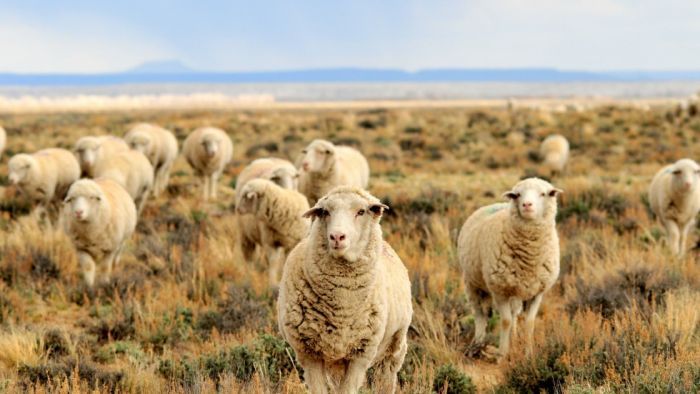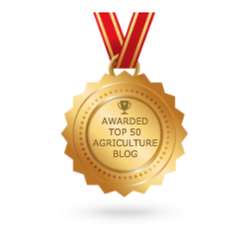|
By Carmen Ng
Diseases and pests are ubiquitous that plague plants and animals whether on farms, at home and even in aquatic environments which compromises the availability and hygiene of our food. These threats are currently spreading and evolving, becoming even more difficult to be dealt with effectively. Ultimately, this may jeopardize our food supplies and population health. According to FAO, 10% of people fall ill from consuming contaminated food, and estimation of 420,000 people globally die from that. More than 70% of the new diseases emerging have animal origin posing great public health threats and one third of global crop production is lost annually due to insects and plant diseases. Factors contributing to the increase risk of these threats include certain types of intensive farming, overgrazing, deforestation and climate change. Globalization, conflicts and civil unrest are also trends that increase the risk of threats emerging, dispersing to other new countries with devastating effects. Food manufacturing processes that often occur in multiple countries makes it even more challenging to identify the source of contamination. FAO Assistant Director-General Ren Wang stated that ensuring the safety of the food chain requires various stakeholders in different sectors such as food production, marketing and processing to be aware and cautious of recent and potential threats and respond to them accordingly as it is increasingly becoming more interconnected and complex in a globalization era. Additionally, FAO has published a set of methods and tools that showcases prevention, early warning, preparedness, adequate food chain crisis management and good practices is needed to improve livelihoods and food security and safety to address the rising number of animal and plant pests and diseases Using new communication technologies to aid in averting risks to the food chain FAO’s set of methods and tools encompasses a multidisciplinary approach that can enable a timely response which includes the usage of new communication technologies may help prevent and control transboundary threats through facilitating information exchange. EMA – i app is used by livestock farmers in some countries in Africa to collect animal disease information from the field into their smartphone which is sent in real-time to the Global Animal Disease Information System (EMPRES-i) at FAO. The data is shared at regional, national and global levels which may enhance facilitating analysis in a timelier manner to deliver an effective rapid response to tackle the disease at its early stages. This surveillance system allows the chance for farmers to receive an early warning in order to better respond to future disease outbreaks. Furthermore, mobile tools have been developed to monitor a fungal disease that damages healthy wheat crops known as wheat rust. This enables research institution and other extension workers to share and exchange information on the disease occurrences. Desert locusts which often threaten food supplies in Africa and Asia are now monitored via the eLocust3 system. This improved locust monitoring and is used in more than 15 countries most susceptible to these dangerous migratory pests and may help avoid infestations. The FAO Food Chain Crisis Management Framework performs monthly updates with a new information sheet and early warning bulletins quarterly to provide support for countries and institutions to overcome these threats to the food chain. This article is adapted from FAO’s website and the full article can be accessed through this link: http://www.fao.org/news/story/en/item/469269/icode/ Comments are closed.
|


